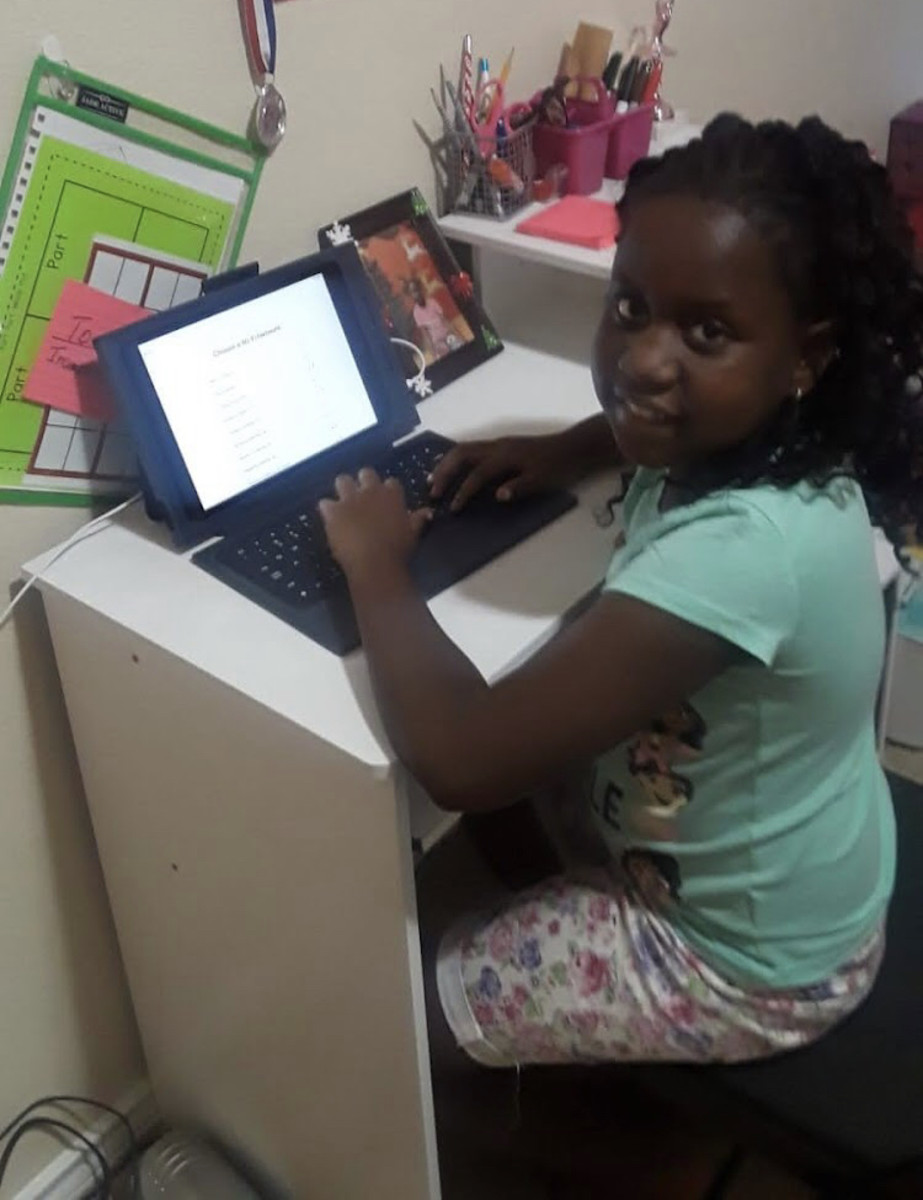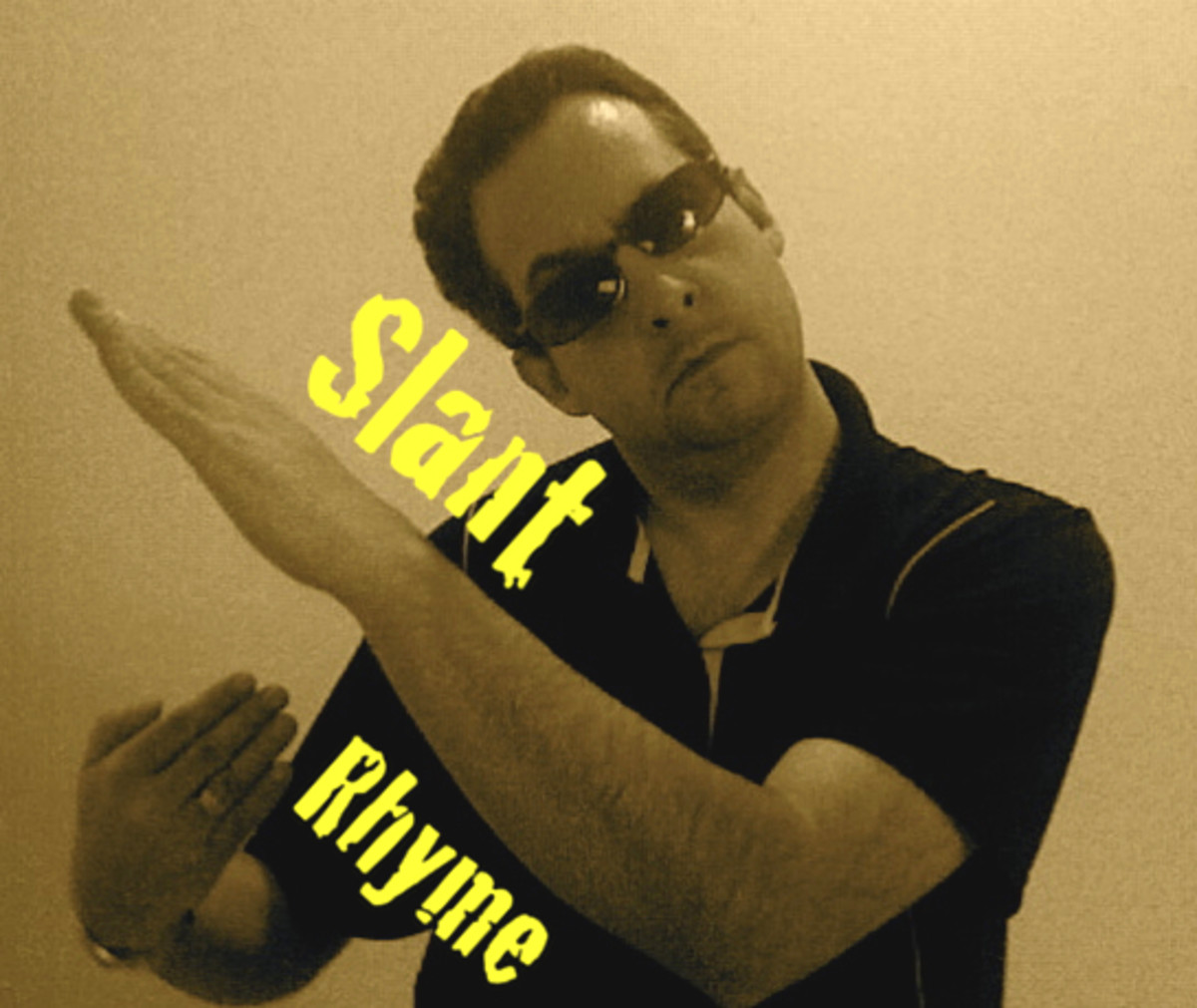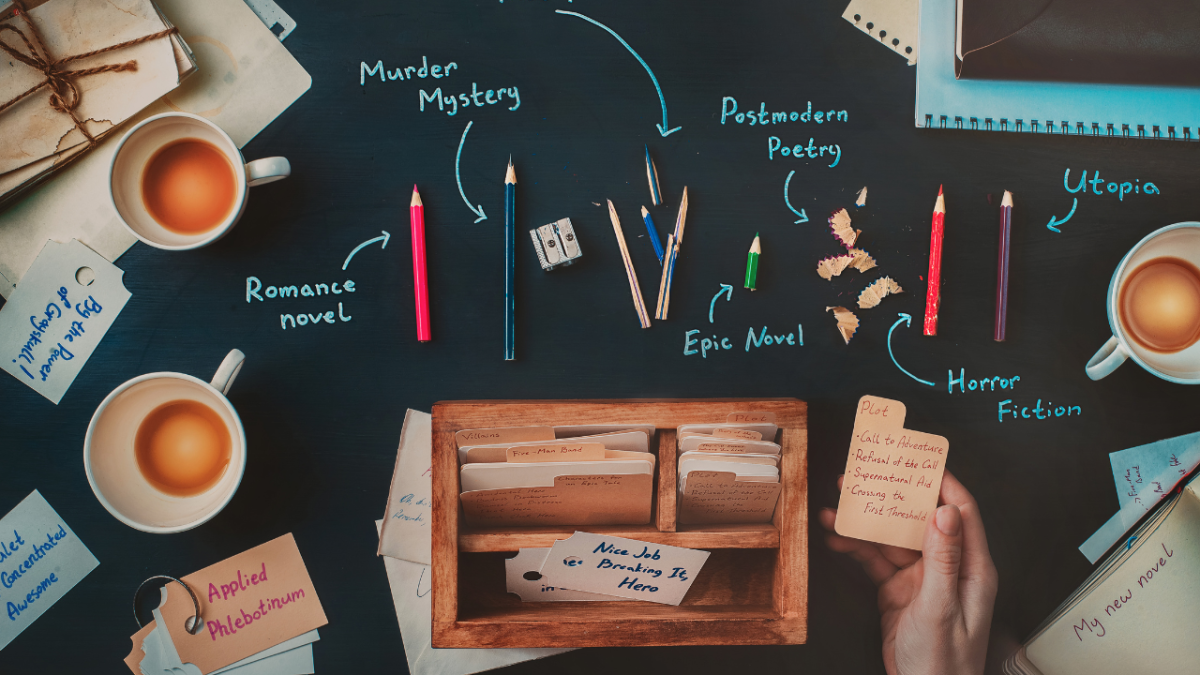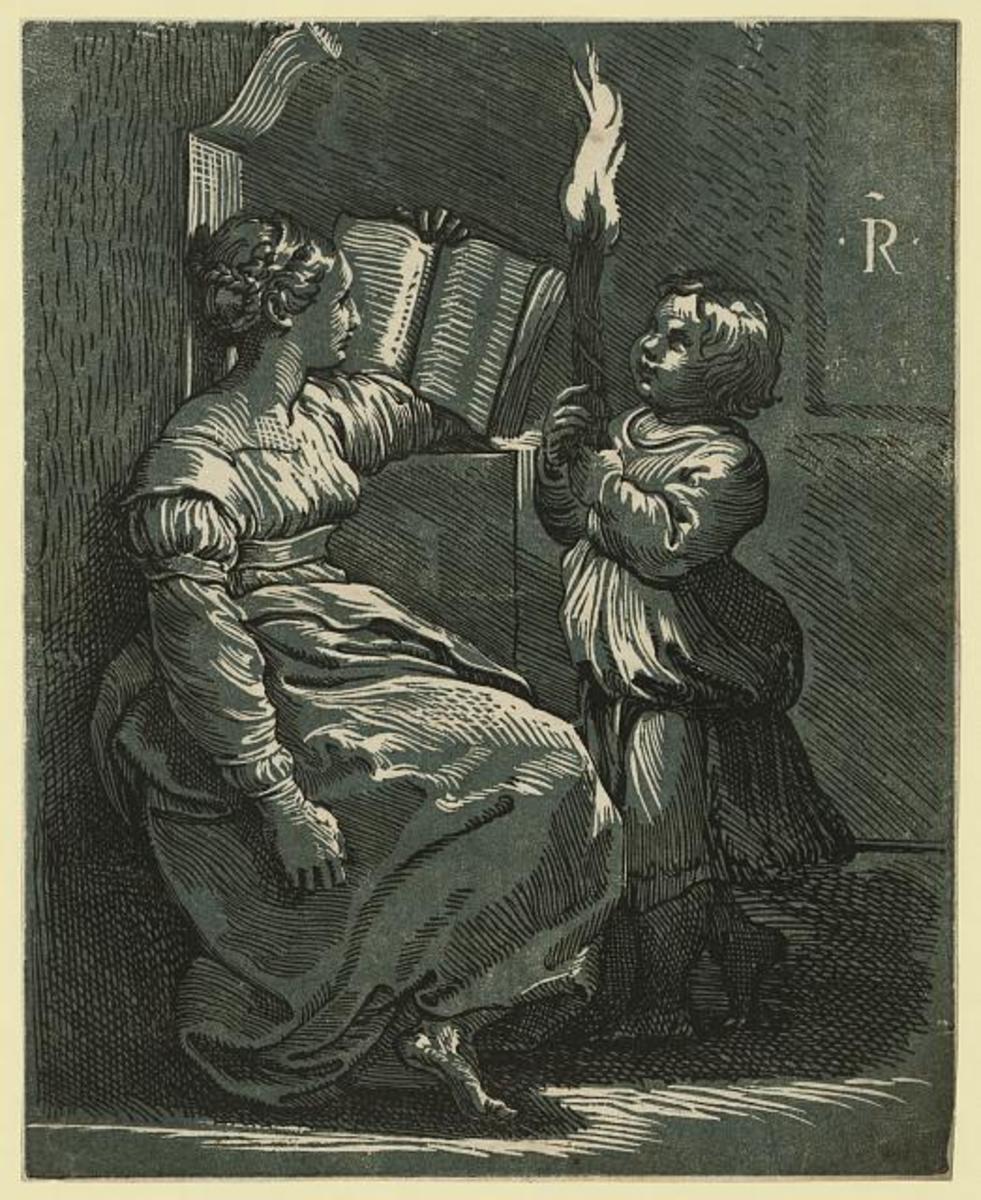Writing Tips - Description, Perception and Sensation
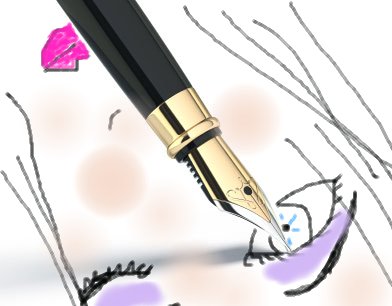
Our style and our story need to hold the readers, grip them, caress them, seduce them, intoxicate them and create a link such that they wouldn’t dare move away'
Why do we need Style?
Maya Angelou said that there is a no greater agony than bearing an untold story inside you. I think an even greater agony is giving birth to a story. The birthing of a story can be a quick process that grows in ease with experience. However, it can also be painful, traumatic and unpredictable for both new and experienced writers.
The narrative style is the medium of communicating our story. It is how we talk to our readers, coerce them into reading more. Stories need interest and interaction. They need to take hold, live in and breed like benevolent viruses in the reader’s mind.
So why is style so important?
A well told story captures and captivates instantly. The style propels the plot and lubricates the cogs that grind the mechanics. The results can be smooth and effortless. A good style that tells a good story can establish a connection between the writer and the reader that could be everlasting.
When we haven’t quite found our style the story arrives prematurely, gasping for breath. If we don’t pay attention to such matters it kills the connection. There are a million other writers and a million other stories the reader may want to move on to.
Our style and our story need to hold them, grip them, caress them, seduce them, intoxicate them and create a link such that they wouldn’t dare move away.
Style can make or break a story by enhancing or eradicating the reader experience.

Is Writing Style Something we are born with or something we learn?
Should Writing Style be a Signature?
Nature or Nurture?
When we talk about style, many questions pop into our collective heads ( at least they did in mine) . These are questions legions of readers and wannabe writers have been asking since writing began as an art form.
Is style our writing voice, something innate and natural, something we are born with?
Is it a product of our wide reading and influences ? Is it more often cultivated, reviewed and refined?
Can style be learnt? If so, why doesn't everyone learn it and write in a successful style?
Is style like a signature, should it be unique to a writer?
Or should a writer vary their style to suit the story - a mere vehicle to propel the plot in the most appropriate manner.
Do some stories succeed because of their style?
Equally are there stories which fail due to their style?
Style needs a sense of self awareness. Anyone who has strung together a series of words needs to re-read and reflect on what they have written. In order to reflect we need to tools of analysis, a sense of what style consists of. I prefer to split this into two : the mechanics and the aesthetics ( the science and the art, if you will)
There are the mechanics of style : things like the narrative mode, the point of view, the language use, structure and flow.
And then there is the aesthetics of style, the process of arrangement, the composition, the way we conduct our writing symphony.
The two are not mutually exclusive as one impacts the other. When listing the various aspects of style let’s talk about the appropriate aesthetics under each element.
As always these are merely my observations and I do not propound to be an expert in the matter. You are welcome to make your own judgements and opinions on my observations, wise reader.
Style needs a sense of self awareness. Anyone who has strung together a series of words needs to re-read and reflect on what they have written'
Exercise One
Take any piece of writing you have done and re-read with a critical eye. Look at the sentence structure, the pacing, the tone, the use of similes and metaphors, the voice, the point of view, vocabulary and the overall effect . Like tasting a fine wine, breath the aroma, keep it in your mouth and savor the flavors, roll your tongue and test the notes... does it have the taste of fine mellow vintage or does it taste acidic, sour like a cheap plonk?
The Aspects of Writing Style
There is no clear consensus on the mechanics of fiction writing, although many have tried to contain and describe it. There are many narrative modes and elements that have been described. In order to discuss the aesthetics of style and how to mould our fiction into a unique and rewarding experience, we need to understand the narrative modes and the basic elements of narrative.
The Narrative Modes can be :
Description
Sensation/Perception
Action
Exposition/Summarisation
Recollection
Emotion/ Introspection
Transition
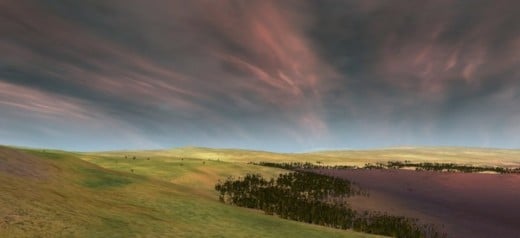
I follow the usher into the courtroom. It is almost empty. A bored clerk sits in front of an ancient Remington typewriter. The liveried usher escorts me to the front where the Judge hunches over the table like a weathered gargoyle. The room is cooler with a tall ceiling. Electric fans creak as they rotate overhead. There is dust everywhere: on the walls, the wooden tables, on the fading portrait of Gandhi over the Judge’s head. Even the Judge looks dusty.
DESCRIPTION
One of the main elements of writing modes is description. Authors have to constantly find fresh ways of describing a scene in order to bring it to life. Too much description can make the story feel laboured and chokes the reader’s imagination- too little and the scene feels blank and doesn’t enrich the story visually.
Description is difficult to pull off for the novice writer. I remember writing a lot of stories in my childhood started with describing the sky. It was always a ‘blue sky’ a ‘golden sky’ or a ‘dark sky’. Soon I wondered why I felt this dire need to keep describing the sky! I realised that rather than form my own descriptions I was attempting to emulate others.
Our description arrives from our observation. We need to open our eyes to the world around us, keen to take in every detail. This doesn't mean we need to capture the scene in photographic detail because the readers mind is perfectly capable of filling in the brush strokes and coloring it in. We need an outline, show the reader a unique viewpoint, a visual menagerie that makes up our descriptive style. We need to find innovative ways to capture the scene.
My observation changed with years of practice. I now describe (hopefully better) as I think I observe better. I look for those visual clues that strike me. It may be a sliver of light, a stain of a shadow, a strange reflection, the colours, the sense of space or lack of it.
I now describe the scene as a way of setting the mood. A sense of isolation can be easily brought about by a solitary rider in a broad vista. A sense of claustrophobia can be equally conveyed in a jostling market place or a narrow shaft through which one has to crawl.
I realised that describing a scene in a story is very much like an artist’s composition of a picture. It needs perspective and placement, use of light and shadows and just the right amount of ingenuity. It needs appropriate allusions and atmosphere.
Like the example on the right. I am trying to describe a deserted courtroom in a balmy afternoon. Hope this conveys the right level of describing without overwhelming the senses. Talking about senses, it is important to covey the perception of sensations too. As the scene needs to be set beyond mere visual imagery but has to invoke all the senses.
Aspects of Description
- Create rich and varied detail
- Show new ways of describing a familiar scene
- Avoid Cliches
- Show and Don't Tell
- Describe specifics and not generics
- Use figurative Language
- Create a sensory experience
...describing a scene in a story is very much like an artist’s composition of a picture. It needs perspective and placement, use of light and shadows and just the right amount of ingenuity. It needs appropriate allusions and atmosphere...

Exercise Two
Describe a scene. Rather than go for the standard narrative techniques such as a cold, shivery,night scene for creating horror or a bright, summery scene for creating a cheery romance, try to play havoc with the preconceptions. Can you write a scary scene set in a bright sunny day. And a happy, romantic scene in a cold, dark night?
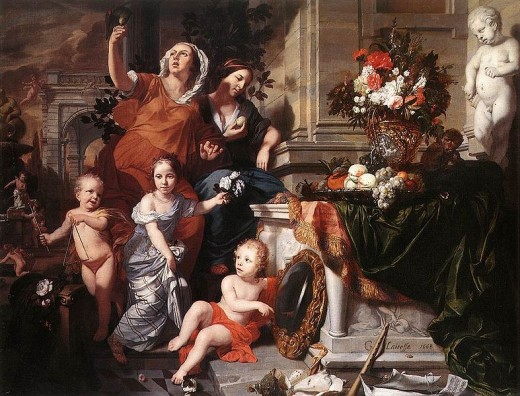
'She looked up at me, smiling. Her lips moved closer to mine, sweet breath teasing my nostrils. The butterflies flew around us, myriad little shadows flickering on our skins. I kissed her and ran my arms down her bare shoulders, drawing her closer. Her skin had a soft, powdery sediment. Like the pollen clinging on butterflies. Her mouth tasted of honey. I moved my hands on her back, hugging her closer. We stood there lost in time.'
- Butterfly Nymph by Mohan Kumar
Perception/ Sensation
In order to place your reader in the middle of the scene we need more than just visual cues. We need references to all the five senses. This sensory spectrum anchors the reader in the setting, creating a much more vivid experience. We should never lump all five senses into just one sensory perception. Each of the senses create a unique narrative memory. Sight, Sound,Taste, Smell, Touch all need to be evoked as appropriate to the story.
Without the sensations the narrative can be a barren experience.
What is the best way to evoke the senses in a descriptive narrative?
For one, we need to try and avoid using the actual words of sensation such as saw, tasted, heard, felt and smelled if we can.
' The bird fluttered across the room creating a dash of blue across the dull beige of the wallpaper' has more of an impact than ' Bob saw the bright blue bird fly across the room'
'The heady aroma of rose essence and spices wafted as he stepped into the market' is surely more assured than' Bob smelled rose essence and spices'?
The axiom, show don't tell, works well with describing the sensations. The more we show the characters reaction, perception and impact of the sensation, the more engaged the reader gets.
Sensation can also give some interesting character quirks. Like someone who gets turned on by fresh coffee aroma or one who has a phobia for the clangour of church bells!
Many writers tend to overwhelm with visual descriptors and scrimp on the other senses.It is worth cycling through the five to get a balance of detail.
Another problem with sensations and perceptions is the overuse of modifiers. These create an adjective and adverb overload.
A bright, yellow, burning sun is surely a sensory overload. The sickly, stinky, slimy smell is labouring the point.
It is also better to handle the modifiers with caution, avoiding as many -ly words as possible.
For example, 'John threw the plate across the room angrily' is unnecessary unless you think John is going to throw the plate across 'happily'! ( I am sure the smart aleks will point out that he could do that in a Greek feast!)
Each of the senses create a unique narrative memory. Sight, Sound,Taste, Smell, Touch all need to be evoked as appropriate to the story.
Exercise Three
Think of a scene. Describe it using as many senses as possible. Try and show rather than tell. Avoid cliches if you can. Think of new ways to describe the senses and use metaphors and similes if possible.
The Sixth Sense
Why stop with the five. We all get the sense of intuition in our lives. Capture that unexplained sense of unease or foreboding in your narrative too. It could be that 'feeling' you get that something is going to turn out right. It could be an uncanny sense that helps the character avoid danger or propels them into disaster. All this adds more variety to our narrative style.
In the next part we can look at Action. How to create dramatic sense of action in our narrative, full of gleaming active verbs. No passive telling - we'll show the reader how it happens.
We can also talk about Exposition and Summarisation. Do we need to avoid them at all costs or are they necessary evils that help bridge narrative gaps.
Hope you found my reflections on style and narrative modes useful,. Do come again and visit the other related hubs on writing.

© 2012 Mohan Kumar




